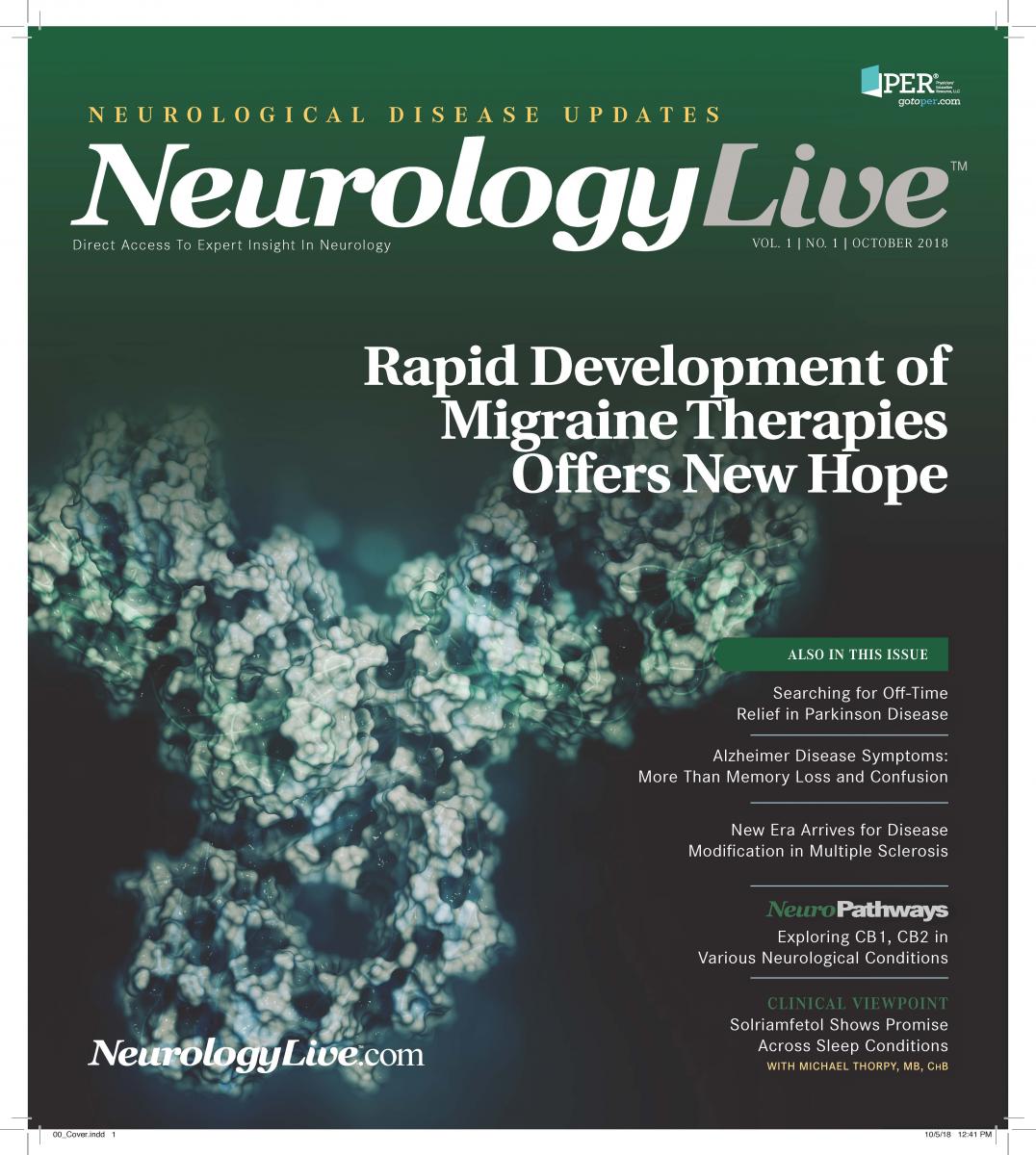Publication
Article
NeurologyLive
Phase III Study Brings Hope to ALS
Author(s):
A novel mesenchymal stem cell therapy produced intriguing phase II data and has moved into a randomized, pivotal phase III clinical trial.
The past 2 decades have seen few additions to the treatment armamentarium for patients with amyotrophic lateral sclerosis (ALS), representing a high unmet need. In most cases, clinical trials failed to succeed in phase II development, leaving very few late-stage clinical trials; however, NurOwn, a novel mesenchymal stem cells (MSCs) therapy whereby the cells are enhanced to secrete neurotrophic factors (NTFs), produced intriguing phase II data and has now moved into a randomized, pivotal phase III clinical trial.
The study plans to include 200 participants with rapidly progressing ALS, with a primary outcome measure of efficacy and safety by ALS functional rating scale-revised (ALSFRS-R). Secondary endpoints focus on biomarkers in the cerebrospinal fluid (CSF) and serum.
“This is one of the few late-stage clinical trials currently active in ALS, and it’s a treatment that uses people’s own stem cells from their bone marrow as a way to deliver proteins that might promote motor-neuron survival and decrease inflammation,” principal investigator Merit E. Cudkowicz, MD, Massachusetts General Hospital, told NeurologyLive.
In August 2018, an independent data safety monitoring board, which reviewed the findings, noted that the stem cell therapy was safe and that the trial should continue as planned. Based on the current rate of enrollment, the company developing the stem cell therapy, BrainStorm Cell Therapeutics, believes trial recruitment will be complete by the middle of 2019.
“These cells, first of all, are very safe to use. They can secrete factors that can target a lot of pathways that seem important in ALS, inflammation being one of them and delivery of growth factors being the second one,” said Cudkowicz. “Some of the other stem cell approaches in development in ALS are more complicated.”
The double-blind trial is randomizing participants to receive the MSC-NTF cells or placebo (see FIGURE). Upon entering the trial, patients undergo bone marrow aspiration for isolation of the MSCs. The cells are then expanded ex vivo and induced to secrete NTFs, primarily glial cell-derived NTF, brain-derived NTF, vascular endothelial growth factor (VEGF), and hepatocyte growth factor (HGF). The prepared cells are intrathecally administered to the patient every 2 months, for 3 total transplantations.
“It’s really 2 procedures: one is the bone marrow aspiration to get the cells, [and] the second procedure is administering it into the spinal fluid,” said Cudkowicz. “We’re already seeing, in neurological illnesses, that more treatments are being delivered into the spinal fluid.”

Phase II findings for the MSC-NTF therapy were initially announced in 2016. The study randomized 48 patients with ALS to receive a single transplantation of the MSC-NTF (n = 36) treatment or placebo (n = 12). Most enrolled patients were male (72.9%) and were a mean age of 51.1 years. Patients were an average 17 months out from the manifestation of their first ALS symptom.
“There was a biological effect, which is an important thing to have in a phase II trial, so you know your cells are doing what they’re supposed to do,” said Cudkowicz. “In your early-phase studies you want to know that you’re hitting targets and that you’re having biological effects, and that’s been missing from almost every ALS study in the past.”
Initial improvements in the ALSFRS-R rate of decline were evident at the first 2-week measurement for the treated group versus placebo. A higher proportion of patients in the treatment group displayed improvement in ALSFRS-R decline compared with placebo across all time points. A ≥100% improvement (ALSFRS-R stabilization) in post-treatment slope was experienced by 29% of patients in the treated group at 12 weeks compared with 8% for the placebo group. This was sustained in 11% of the treated group at 24 weeks’ post-transplant compared with 0% in the placebo group (P = not significant).
A more pronounced benefit was seen for the stem cells in a subgroup analysis looking at only rapid progressors. At 2 weeks, 93% of rapidly progressing patients with ALS had a 100% improvement from pre-treatment for ALSFRS-R with MSC-NTFs compared with 20% for placebo (P = .005). By week 24, 27% of the rapid progressing patients continued to show a 100% improvement with the stem cells compared with none for placebo (P = not significant).
“We don’t usually see that in ALS trials,” Cudkowicz said about those with a 100% improvement. “It was not sustained after 12 weeks, which kind of makes sense after a 1-time treatment. The cells were probably gone, and the secreting is diminished. But that helped us figure out the dosing mechanism for phase III, and we had it changed to every 8 weeks.”
There were significant increases noted in CSF NTFs at 2 weeks post-treatment with the cell therapy but not with placebo, specifically for VEGF, HGF, and leukemia inhibitory factor. These spikes were accompanied by decreases in several inflammatory markers in the CSF, such as MCP-1 and SDF-1.
There were no treatment-related deaths or serious adverse events (SAEs) observed in the study. Moreover, no patients discontinued the study due to treatment-related AEs. The most common AEs, which were mostly grade 1 to 2 in severity, for the stem cell therapy versus placebo, respectively, were headache (80.6% vs 66.7%), back pain (72.2% vs 8.3%), pyrexia (33.3% vs 0%), arthralgia (33.3% vs 0%), injection-site pain (27.8% vs 8.3%), and constipation (25% vs 8.3%).
If the phase III study is successful, BrainStorm Cell Therapeutics plans to submit a biologics license application to the FDA for approval. The trial is currently enrolling at 6 locations (NCT03280056).

Newsletter
Keep your finger on the pulse of neurology—subscribe to NeurologyLive for expert interviews, new data, and breakthrough treatment updates.




